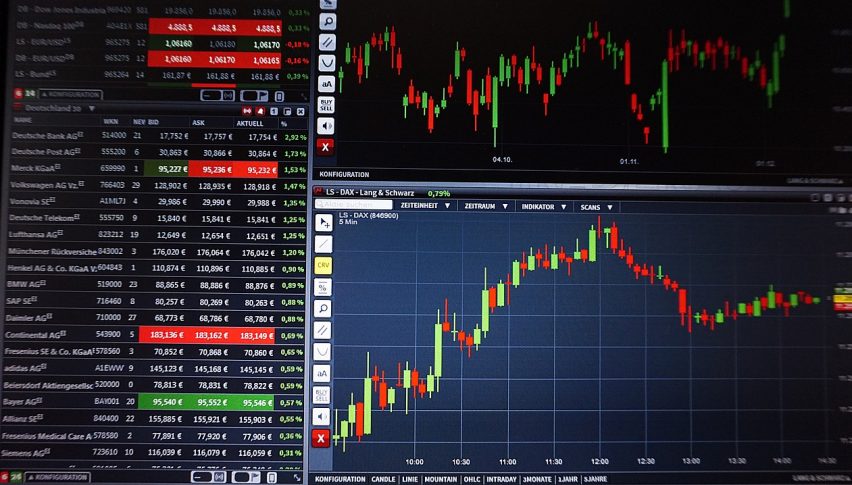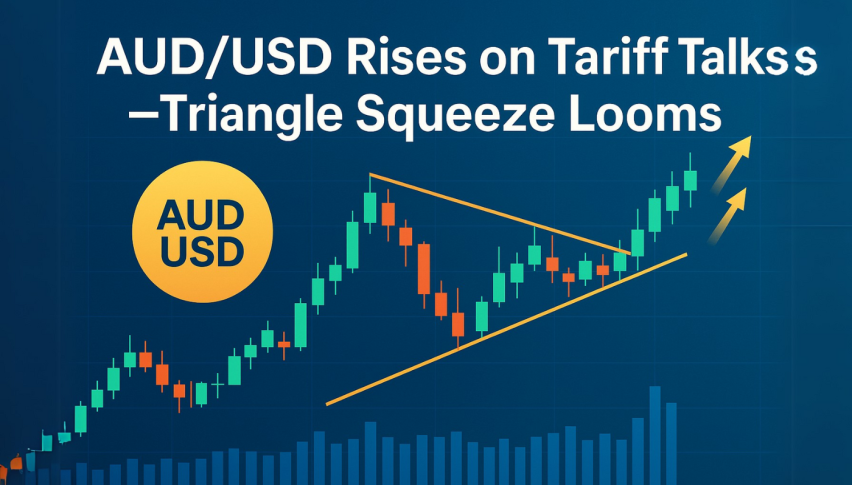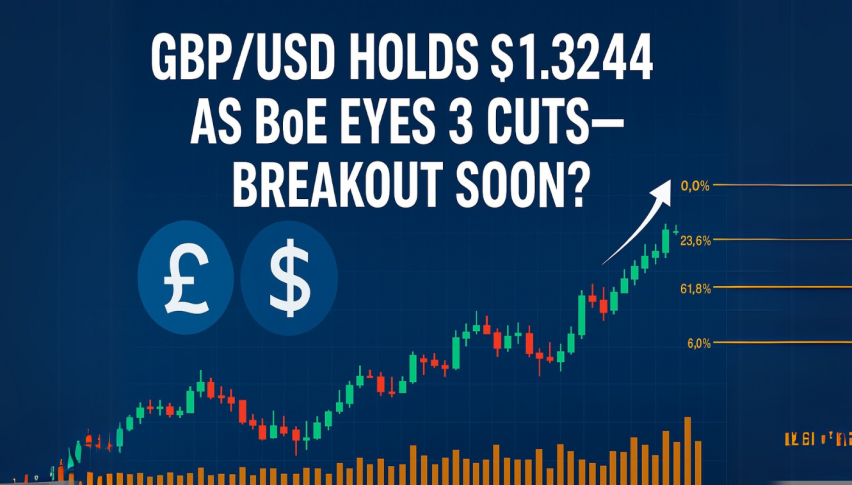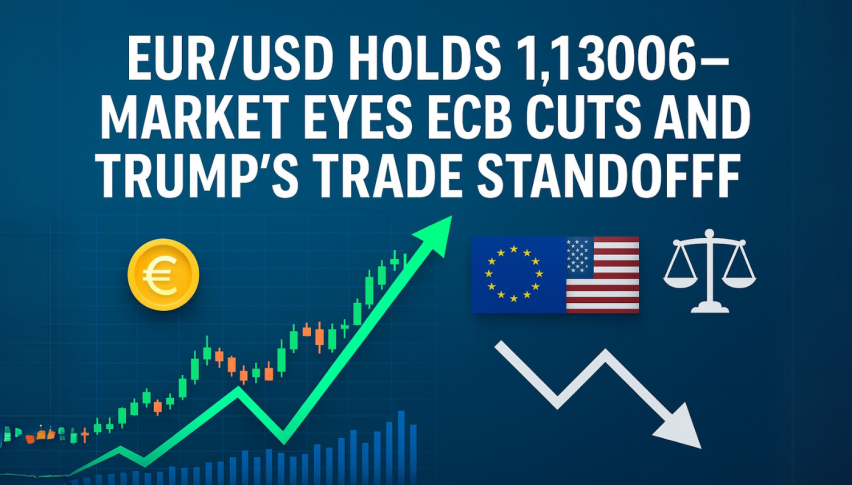U.S. CPI (Jan.) Comes In Mixed
Aside from coronavirus fears, one of the reasons for the lax attitude toward stocks is today’s mixed U.S. CPI report for January.

In comparison to the action of the past week, we have seen muted participation on Wall Street. At the midpoint of the U.S. session, the DJIA DOW (-84), S&P 500 SPX (-3), and NASDAQ (-9) are in the red. One of the reasons for the lax attitude toward stocks is today’s mixed U.S. CPI report for January.
CPI, Core CPI Come In Mixed
Since June of 2019, Jerome Powell has consistently addressed his and the FED’s concerns over lagging inflation. Since then, a series of aggressive rate cuts was supposed to remedy the situation. So, have the FED rate cuts been effective? According to this morning’s CPI numbers, the jury is still out. Below is a look at the hard data:
Event Actual Projected Previous
CPI(MoM, Jan.) 0.1% 0.2% 0.2%
CPI(YoY, Jan.) 2.5% 2.4% 2.3%
Core CPI(MoM, Jan.) 0.2% 0.2% 0.1%
Core CPI(YoY, Jan.) 2.3% 2.2% 2.3%
In short, aggregate CPI for January is down month-over-month. This suggests that lagging inflation continues to be a near-term problem. However, Core CPI is up monthly and holding firm yearly. So, one can make the case that core inflation is ticking higher, albeit at a rather slow pace.
USD/CHF Takes Out Key Resistance Level
Since late-November 2019, the USD/CHF has been on an express elevator down. Rates have fallen from above par to establish a 2020 low near .9600. Given the geopolitical uncertainties surrounding Brexit, international trade, and Trump’s impeachment, the Swissy’s performance should come as no shock.
+2020_02_13.png)
For the near future, there are two levels on my radar for the USD/CHF:
- Resistance(1): 62% Macro Wave Retracement, .9866
- Support(1): 38% Macro Wave Retracement, .9770
Bottom Line: The 38% Macro Wave Retracement (.9770) is currently the key level in this market. It is taken from November 2019’s high (1.0023) to January 2020’s low (.9613). As of this writing, rates have eclipsed this level and are challenging the intermediate-term bearish trend’s validity.
If we see a post-U.S. CPI (Jan.) pullback to .9770, a long trade will come into play. Until elected, I will have buy orders in queue from .9772. With an initial stop at .9739, this trade produces 33 pips on a standard 1:1 risk vs reward ratio.
- Check out our free forex signals
- Follow the top economic events on FX Leaders economic calendar
- Trade better, discover more Forex Trading Strategies
- Open a FREE Trading Account



